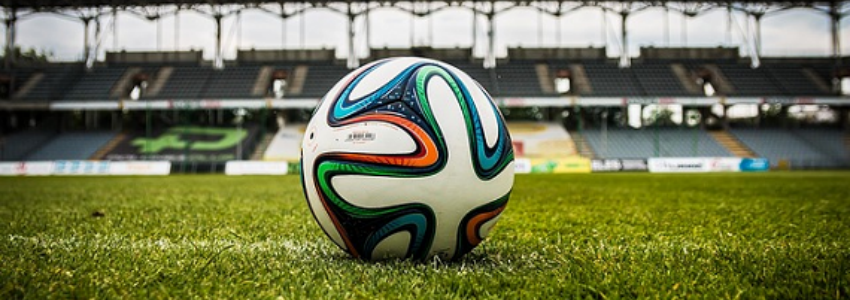Conte and Guardiola: The early signs
Only once before in the history of the Premier League have we been introduced to two managers as revered as Antonio Conte and Pep Guardiola, who made their debuts at the weekend.

That was back in 2004, when Jose Mourinho and Rafael Benitez rocked up simultaneously, brandishing European medals from the previous campaign, and educating the Premier League about tactics and defensive organisation. It prompted a sudden turnaround in English clubs’ fortunates in the Champions League, and briefly made the division the best – according to UEFA’s coefficients – in Europe.
Conte and Guardiola may have a similar effect. In a tactical sense, the Premier League has stagnated over the past half-decade, the tactical innovations coming primarily from top-level Spanish and German clubs. For all the Premier League’s wealth, they’ve been left behind in a tactical sense. The arrival of Conte and Guardiola, adding to the likes of Jurgen Klopp and Jose Mourinho, means the Premier League now boasts the most exciting managerial line-up of any major European league. What, though, will be the most noticeable effect?
Judging by the performances of Conte’s Chelsea and Guardiola’s Manchester City at the weekend, they will encourage teams to focus on structure – particularly the structure of the defensive players in possession. Leicester City’s counter-attacking triumph in last season’s Premier League was partly because opponents were so disorganised at negative transitions, unable to halt Leicester’s breaks due to huge gaps between the lines, and between individual players.
The structure of Conte’s Chelsea was particularly noticeable. He omitted Cesc Fabregas from his starting XI in favour of three tactically disciplined midfielders: N’Golo Kante, Nemanja Matic and Oscar. Whereas Fabregas would bomb forward in advance of the ball, this trio retained their positions solidly, even when Chelsea went on attack. If anything, their most notable movement was out towards the flanks, rather than into the final third. There was a distinct lack of creativity from this zone – Oscar is the most attacking player, but was more notable for his pressing than his passing – but when Chelsea lost the ball, there were no gaps for West Ham to break into. They retained two central defenders and three midfielders, almost forming an ‘M’ shape, like the defensive structure back in the pre-war years, when teams famously played a ‘WM’ system.
Manchester City’s system was entirely different. While Pep Guardiola’s system was, on paper, the 4-3-3 he favoured at Barcelona, he incorporated the ‘false full-backs’ he used with Bayern Munich, meaning Bacary Sagna and Gael Clichy drifted inside to central midfield positions. In turn, Fernandinho would drop back from the holding role between the two centre-backs, John Stones and Aleksandar Kolarov, who would fan out towards the flanks. These markets were covered really well by Betfred with odds surrounding these two and they have been an underated bookie for nice prices when this sort of tussle goes on. Anyway, it meant Manchester City retained more of a ‘W’ shape at the back – 3-2 rather than 2-3. But the principle was broadly similar – City kept a solid, disciplined structure and refused to leave gaps in defence for the opposition to break into. Both Conte and Guardiola essentially used five players to sit in defensive positions, freeing five others to attack.
And the objective was also identical: guarding against counter-attacks. Premier League teams seemed surprised by Leicester’s intention to play on the break, after a few years of title challengers basing their gameplan heavily around possession play. But while Leicester memorably ripped apart both Chelsea and City last season in crucial victories, they would find it much harder this time around. Conte and Guardiola will re-energise English football, and help to improve the tactical acumen of managers across the Premier League.
Posted in , Football, Premier League | 0 comments
August 17th, 2016 by Michael Cox

